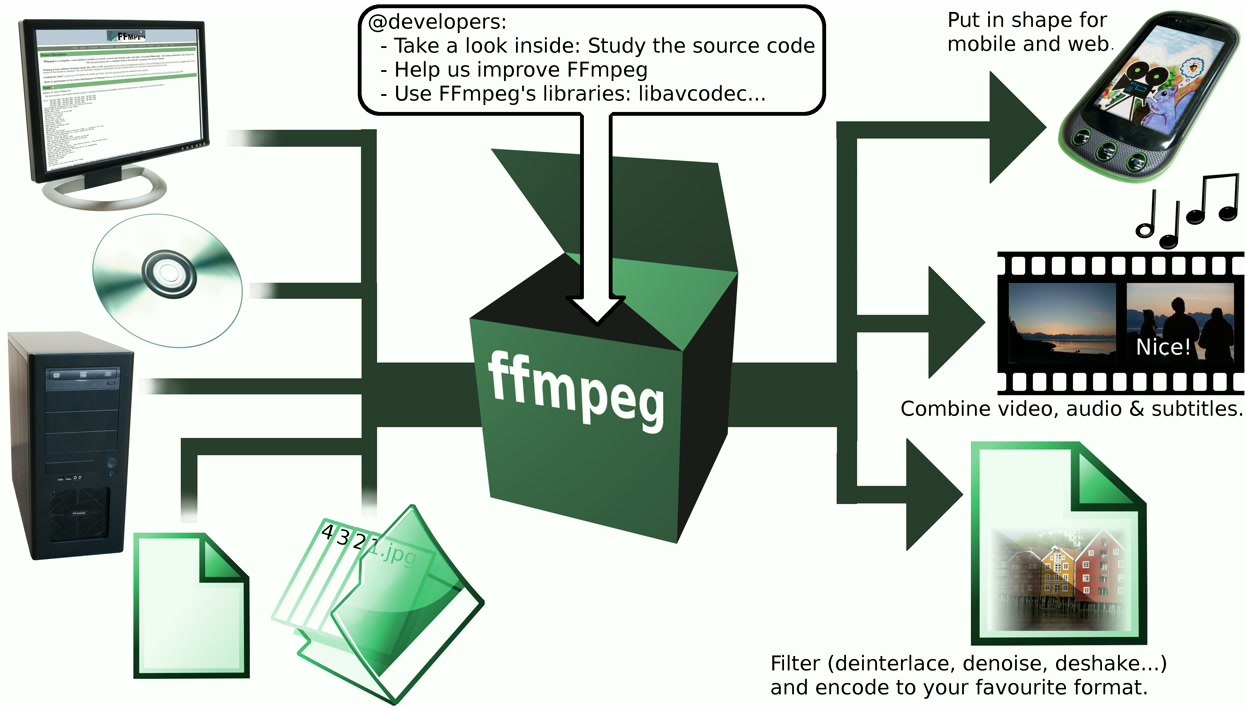

V+=vm#shifting for the rotation, so pattern rotates around middle.įor b in range(int(-dim/pathstep),int(dim/pathstep)): V=Vector((a*pathd,int(-dim/pathstep)*pathstep,0)) #this is the original pattern method, slower, but well tested:įor a in range(int(-dim/pathd), int(dim/pathd)):#this is highly ineffective, computes path2x the area needed. #defaultar=numpy.arange(int(-dim/pathd), int(dim/pathd)).tolist() #minx,miny,minz,maxx,maxy,maxz=o.min.x,o.min.y,o.min.z,o.max.x,o.max.y,o.max.z Source File: pattern.py def getPathPatternParallel(o,angle):

# print layer.tag, position, layer.thickness, layer.rms, nsity If layer_index=(NumLayers-1): #inside substrateĮlif layer_index=(NumLayers-2): # layer above the substrateĮtot = ThisLayer.E_t*cph_t + ThisLayer.E_r*cph_r # calculate e-field intensity at each depth
#Ffmpeg vstack autoscale full
# for reflectivity only, fix depth=0 and skip full xsw calculationĮFI_atTH= # EFI as a function of depth at current th Ixs=numpy.arange(1, NumLayers-1, 1) # from 1 to 0 film, depth0 above substrate

ThisLayer.cal_rrr(ThisLayer.rf, BelowLayer.rrr,, BelowLayer.thickness) Ixs=numpy.arange(NumLayers-3, -1, -1) # start from second interface from the substrate to 0 Layers.rrr=layers.rf # interface between the substrate and layer above it Layers.rrr=0.0 # nothing reflects back from below the substrate Layer.cal_tt(kz0, kz1) # Fresnel coefficient, tt, in e-field intensity Layer.cal_rf( layer.rr, kz0, kz1) # Fresnel coefficient with roughness, rf Layer.cal_rr(kz0, kz1) # Fresnel coefficient, rr # calculate reflection and transmission coefficients Out_parratt='SimpleParratt.txt' # output file name Temp1=4.*math.pi/WaveLength*math.sin(temp) #qz=4pi/lambda*sin(th)*2k0sin(th) WaveLength=12.39842/(eV0/1000.0) # in Angstroms, 1e-8cm = 1 Angstromįor (ix, angle) in enumerate(th_deg): # convert th_deg to th(rad) and qz(1/A) Item.interface=FilmThick # interface location: depth from surface Item.get_index(eV0) # get index of refraction, delta, beta for eV0įilmThick+=item.thickness # get total film thickness NumLayers=len(layers) # this value is (# of film layer + 2) #set defalut layer material, air, film1, film2, substrate Th_deg=numpy.arange(th_min, th_max+th_step, th_step) Source File: SimpleParratt.py def reflectivity(eV0=14000.0, th_deg=, mat=, thick=, den=, rough=, tag=, depths=, xsw_mode=0):


 0 kommentar(er)
0 kommentar(er)
